Datasheet
Year, pagecount:1999, 3 page(s)
Language:English
Downloads:6
Uploaded:July 08, 2019
Size:545 KB
Institution:
-
Comments:
Journal of the Chenstyle Taijiquan Research Association of Hawaii
Attachment:-
Download in PDF:Please log in!
Comments
No comments yet. You can be the first!Most popular documents in this category
Content extract
Source: http://www.doksinet Journal of the Chenstyle Taijiquan Research Association of Hawaii, Vol. 5, No 1, 1999 Martial Arts Myths of Shaolin Monastery Part I: The Giant with the Flaming Staff By Stanley Henning This article is the first in a series designed to reveal the circumstances surrounding the myths associated with the Chinese martial arts and provide a more accurate picture of the historical environment in which the martial arts flourished in China over the centuries. Most of these myths are related to the role of Shaolin Monastery and they have exaggerated the monasterys image out of all proportion to its actual significance. As a result, there appears to be a widespread misperception that the Chinese martial arts, especially boxing, were mainly a product of ". mystic, martial monks in their mountain monasteries ."{1} Actually, nothing could be farther from the truth The martial arts were a widespread aspect of Chinese popular culture, and their practice in
Shaolin Monastery was a reflection of this society-wide phenomenon. A unique combination of fact and fiction associated with the monastery, however, has resulted in it being seen by many as the center of focus for the Chinese martial arts in general and the home of Chinese boxing in particular. This view is distorted at best. Raids by the Northern Wei Emperor in 446 AD on monasteries in and around Changan (now Xian) which uncovered arms caches, indicates that Chinese monks likely practiced martial arts before Shaolin Monastery was founded in 495 AD{2} In the first place, the monks came from the ranks of a population among which the martial arts were widely practiced prior to the introduction of Buddhism. Secondly, the monasteries, like large landed estates, were sources of considerable wealth and required protection which had to be provided by the monasteries own manpower. Shaolin Monastery was no exception in this respect Shaolin Monasterys fame as a home for fighting monks dates to
605-618 AD, with the collapse of the Sui and rise of the Tang dynasty.{3} A stone tablet erected in 628 AD and still standing on the monastery grounds notes that the monks first repulsed a group of marauders, in the process of which the monastery suffered considerable damage. Then, thirteen monks helped capture Wang Shi-Chong, who was a threat to the new dynasty. This latter act saved the monastery from dissolution, which was the fate of other monasteries at the time, and paved the way for Shaolin Monasterys special association with the martial arts, although there is no record of specific martial arts until the 16th century. During the long period from 628 to 1517, there is not a single historical record hinting that martial arts were practiced in the Shaolin Monastery; this, in spite of the parade of famous visitors who wrote down their impressions for posterity during the same period. Elsewhere, however, history records the heroic sacrifice of the monk, Zhen Bao, when he tried to
defend Mount Wutai in Shanxi against a Jin force (c. 1126), and quotes another monk, Wan An, of Jiangsu Province, as having said: "In Source: http://www.doksinet a time of peril I fill the duties of a general, when peace comes I go back to being a monk."(cl275){4} Then, in 1517, after nearly 1,000 years of silence, the Shaolin monks erected a stone tablet in honor of the spirit, King Jinnaluo, who is said to have transformed himself from an ordinary kitchen laborer into a fierce giant brandishing a flaming staff to scare off a group of marauding Red Turban rebels (c. 1351). Following this alleged incident, Shaolin Staff became a widely recognized martial art, and, one can read a number of observations of martial arts practice there, recorded by visitors to the monastery during the 16th century. Also, from the Ming to the last major destruction of monastery buildings in 1928, there was a hall dedicated to images of King Jinnaluo. The King Jinnaluo story can still be seen in
the late Qing wall mural on the right rear wall of Shaolin Monasterys White Robe Hall. Contradicting this story, however, are other official monastery records, discretely ignored by the Shaolin monks and others over the centuries, which reveal that the monastery was actually overrun at the end of the Yuan (c.1357-59), with half of its buildings destroyed and its residents scattered to other locations until it was safe to return several years later.{5} Although difficult to prove conclusively, it appears from the above scenario that the Shaolin monks used the colorful King Jinnaluo story to deflect attention from the embarrassing reality that they had, unlike Zhen Bao and his followers on Mount Wutai, abandoned the monastery in the face of defeat. This issue appears never to have been raised until Chinas pioneer martial arts historian, Tang Hao (1897-1959) researched it.{6} In spite of this, even today most writings in Chinese and other languages invariably overlook this information
altogether or unwittingly deflect attention away even further by citing fictitious secret society "histories" which claim the monastery was burned down once by Qing officials (another myth). It is possible that the story of the giant with the flaming staff is merely an embellished description of an incident that actually occurred at the monastery prior to its destruction. But, regardless of the exact circumstances which gave rise to the myth, it appears to have been designed to serve as a warning to the monks to maintain an attitude of "vigilance in peacetime" as well as a psychological message to balk potential transgressors. In other words, the myth was as important as reality in defending the monastery. That Shaolin Monastery became widely known for its Shaolin Staff technique during the Ming could perhaps best be explained as the result of the monks bad experience at the end of the Yuan. They were determined never again to be placed in such an embarrassing
situation and henceforth seriously went about their martial arts training. Their fame as "Shaolin Monk Soldiers" reached its zenith in anti-pirate operations during the mid 1500s; this fame, however, really rested on the laurels of only a few individuals and incidents, or a combination of myth and reality. General Yu Da-You (1503-1580) visited the monastery once and was disappointed with what he saw, so he selected a couple of young monks to Source: http://www.doksinet accompany him in the field, receive intensive training, and return to raise the standards of their compatriots.{7} Cheng Zong-You (1561-?), who wrote illustrated manuals on staff, spear, Japanese sword, and crossbow, claimed to have spent 10 years studying staff in the monastery, but only considered the names of a couple of teachers there to be worth mentioning. One of these, the monk Hong Zhuan, was in his 80s at the time, so Cheng studied under one of Hong Zhuans best students, Guang An.{8} Hong Zhuans
spear techniques have been preserved in Record of the Arm by Wu Shu (1611-1695). They reveal the possible influence of General Yus visit to the monastery in their explanation of the theory of "softness" and "thrusting" or "plunging" the spear.{9} By researching the historical circumstances around which the myth arose, rather than merely relating the myth itself, we can better understand the real role of the martial arts in Chinese society at the time. The martial arts were the weapons of the period and they were used by the military to defend Chinas borders, the monks of Shaolin Monastery to defend the monastery, and others for various purposes. The fame of Shaolin Staff arose from the ashes of a disastrous incident, which was shunted into obscurity by the colorful myth of the giant with the flaming staff. Notes 1. Henning, Stanley E, "The Chinese Martial Arts in Historical Perspective," Military Affairs (now Journal of Military History),
December 1981, p.173 2. Wei Shou 魏收, Wei History 魏書, Shanghai: Zhonghua Shuju, 1936, juan 114, p 6a. 3. Tang Hao 唐豪 Shaolin Wudang Research 少林武當考 (Shaolin Wudang Kao), 1930, Hong Kong: Unicorn Press, 1968. 4. Li Chi, trans, The Travel Diaries of Hsu Hsia-Ko, The Chinese University of Hong Kong, 1974, note 17, pp.253-4 5. Matsuda Ryuji 松田隆智, An Outline of Chinese Martial Arts History 中國武術史略 (Zhongguo Wushu Shi Lue), trans. Lu Yan and Yan Hai, Sichuan Science and Technological Press, 1984, pp.47-51 6. Ibid 7. Yu Dayou俞大猷, Anthology from the Hall of Uprighteousness 正氣堂集 (Zheng Qi Tang Ji), 1566, Boshanjingshe, 1934, Continuation juan 2, pp.7a-8a, 10b 8. Cheng Zongyou 程宗猷, (Chongdou 沖斗), Explanation of Shaolin Staff Methods 少林棍法闡宗 (Shaolin Gunfa Chanzong), c.1621, Taibei: Hualian Press, 1975, pp.2-3 9. Wu Shu 吳殳, Record of the Arm 手臂錄 (Shou Bi Lu), in Zhihai, 1846 (1935 edition, Vol 33-40), Addended
juan, pp. 8b-10a
Shaolin Monastery was a reflection of this society-wide phenomenon. A unique combination of fact and fiction associated with the monastery, however, has resulted in it being seen by many as the center of focus for the Chinese martial arts in general and the home of Chinese boxing in particular. This view is distorted at best. Raids by the Northern Wei Emperor in 446 AD on monasteries in and around Changan (now Xian) which uncovered arms caches, indicates that Chinese monks likely practiced martial arts before Shaolin Monastery was founded in 495 AD{2} In the first place, the monks came from the ranks of a population among which the martial arts were widely practiced prior to the introduction of Buddhism. Secondly, the monasteries, like large landed estates, were sources of considerable wealth and required protection which had to be provided by the monasteries own manpower. Shaolin Monastery was no exception in this respect Shaolin Monasterys fame as a home for fighting monks dates to
605-618 AD, with the collapse of the Sui and rise of the Tang dynasty.{3} A stone tablet erected in 628 AD and still standing on the monastery grounds notes that the monks first repulsed a group of marauders, in the process of which the monastery suffered considerable damage. Then, thirteen monks helped capture Wang Shi-Chong, who was a threat to the new dynasty. This latter act saved the monastery from dissolution, which was the fate of other monasteries at the time, and paved the way for Shaolin Monasterys special association with the martial arts, although there is no record of specific martial arts until the 16th century. During the long period from 628 to 1517, there is not a single historical record hinting that martial arts were practiced in the Shaolin Monastery; this, in spite of the parade of famous visitors who wrote down their impressions for posterity during the same period. Elsewhere, however, history records the heroic sacrifice of the monk, Zhen Bao, when he tried to
defend Mount Wutai in Shanxi against a Jin force (c. 1126), and quotes another monk, Wan An, of Jiangsu Province, as having said: "In Source: http://www.doksinet a time of peril I fill the duties of a general, when peace comes I go back to being a monk."(cl275){4} Then, in 1517, after nearly 1,000 years of silence, the Shaolin monks erected a stone tablet in honor of the spirit, King Jinnaluo, who is said to have transformed himself from an ordinary kitchen laborer into a fierce giant brandishing a flaming staff to scare off a group of marauding Red Turban rebels (c. 1351). Following this alleged incident, Shaolin Staff became a widely recognized martial art, and, one can read a number of observations of martial arts practice there, recorded by visitors to the monastery during the 16th century. Also, from the Ming to the last major destruction of monastery buildings in 1928, there was a hall dedicated to images of King Jinnaluo. The King Jinnaluo story can still be seen in
the late Qing wall mural on the right rear wall of Shaolin Monasterys White Robe Hall. Contradicting this story, however, are other official monastery records, discretely ignored by the Shaolin monks and others over the centuries, which reveal that the monastery was actually overrun at the end of the Yuan (c.1357-59), with half of its buildings destroyed and its residents scattered to other locations until it was safe to return several years later.{5} Although difficult to prove conclusively, it appears from the above scenario that the Shaolin monks used the colorful King Jinnaluo story to deflect attention from the embarrassing reality that they had, unlike Zhen Bao and his followers on Mount Wutai, abandoned the monastery in the face of defeat. This issue appears never to have been raised until Chinas pioneer martial arts historian, Tang Hao (1897-1959) researched it.{6} In spite of this, even today most writings in Chinese and other languages invariably overlook this information
altogether or unwittingly deflect attention away even further by citing fictitious secret society "histories" which claim the monastery was burned down once by Qing officials (another myth). It is possible that the story of the giant with the flaming staff is merely an embellished description of an incident that actually occurred at the monastery prior to its destruction. But, regardless of the exact circumstances which gave rise to the myth, it appears to have been designed to serve as a warning to the monks to maintain an attitude of "vigilance in peacetime" as well as a psychological message to balk potential transgressors. In other words, the myth was as important as reality in defending the monastery. That Shaolin Monastery became widely known for its Shaolin Staff technique during the Ming could perhaps best be explained as the result of the monks bad experience at the end of the Yuan. They were determined never again to be placed in such an embarrassing
situation and henceforth seriously went about their martial arts training. Their fame as "Shaolin Monk Soldiers" reached its zenith in anti-pirate operations during the mid 1500s; this fame, however, really rested on the laurels of only a few individuals and incidents, or a combination of myth and reality. General Yu Da-You (1503-1580) visited the monastery once and was disappointed with what he saw, so he selected a couple of young monks to Source: http://www.doksinet accompany him in the field, receive intensive training, and return to raise the standards of their compatriots.{7} Cheng Zong-You (1561-?), who wrote illustrated manuals on staff, spear, Japanese sword, and crossbow, claimed to have spent 10 years studying staff in the monastery, but only considered the names of a couple of teachers there to be worth mentioning. One of these, the monk Hong Zhuan, was in his 80s at the time, so Cheng studied under one of Hong Zhuans best students, Guang An.{8} Hong Zhuans
spear techniques have been preserved in Record of the Arm by Wu Shu (1611-1695). They reveal the possible influence of General Yus visit to the monastery in their explanation of the theory of "softness" and "thrusting" or "plunging" the spear.{9} By researching the historical circumstances around which the myth arose, rather than merely relating the myth itself, we can better understand the real role of the martial arts in Chinese society at the time. The martial arts were the weapons of the period and they were used by the military to defend Chinas borders, the monks of Shaolin Monastery to defend the monastery, and others for various purposes. The fame of Shaolin Staff arose from the ashes of a disastrous incident, which was shunted into obscurity by the colorful myth of the giant with the flaming staff. Notes 1. Henning, Stanley E, "The Chinese Martial Arts in Historical Perspective," Military Affairs (now Journal of Military History),
December 1981, p.173 2. Wei Shou 魏收, Wei History 魏書, Shanghai: Zhonghua Shuju, 1936, juan 114, p 6a. 3. Tang Hao 唐豪 Shaolin Wudang Research 少林武當考 (Shaolin Wudang Kao), 1930, Hong Kong: Unicorn Press, 1968. 4. Li Chi, trans, The Travel Diaries of Hsu Hsia-Ko, The Chinese University of Hong Kong, 1974, note 17, pp.253-4 5. Matsuda Ryuji 松田隆智, An Outline of Chinese Martial Arts History 中國武術史略 (Zhongguo Wushu Shi Lue), trans. Lu Yan and Yan Hai, Sichuan Science and Technological Press, 1984, pp.47-51 6. Ibid 7. Yu Dayou俞大猷, Anthology from the Hall of Uprighteousness 正氣堂集 (Zheng Qi Tang Ji), 1566, Boshanjingshe, 1934, Continuation juan 2, pp.7a-8a, 10b 8. Cheng Zongyou 程宗猷, (Chongdou 沖斗), Explanation of Shaolin Staff Methods 少林棍法闡宗 (Shaolin Gunfa Chanzong), c.1621, Taibei: Hualian Press, 1975, pp.2-3 9. Wu Shu 吳殳, Record of the Arm 手臂錄 (Shou Bi Lu), in Zhihai, 1846 (1935 edition, Vol 33-40), Addended
juan, pp. 8b-10a
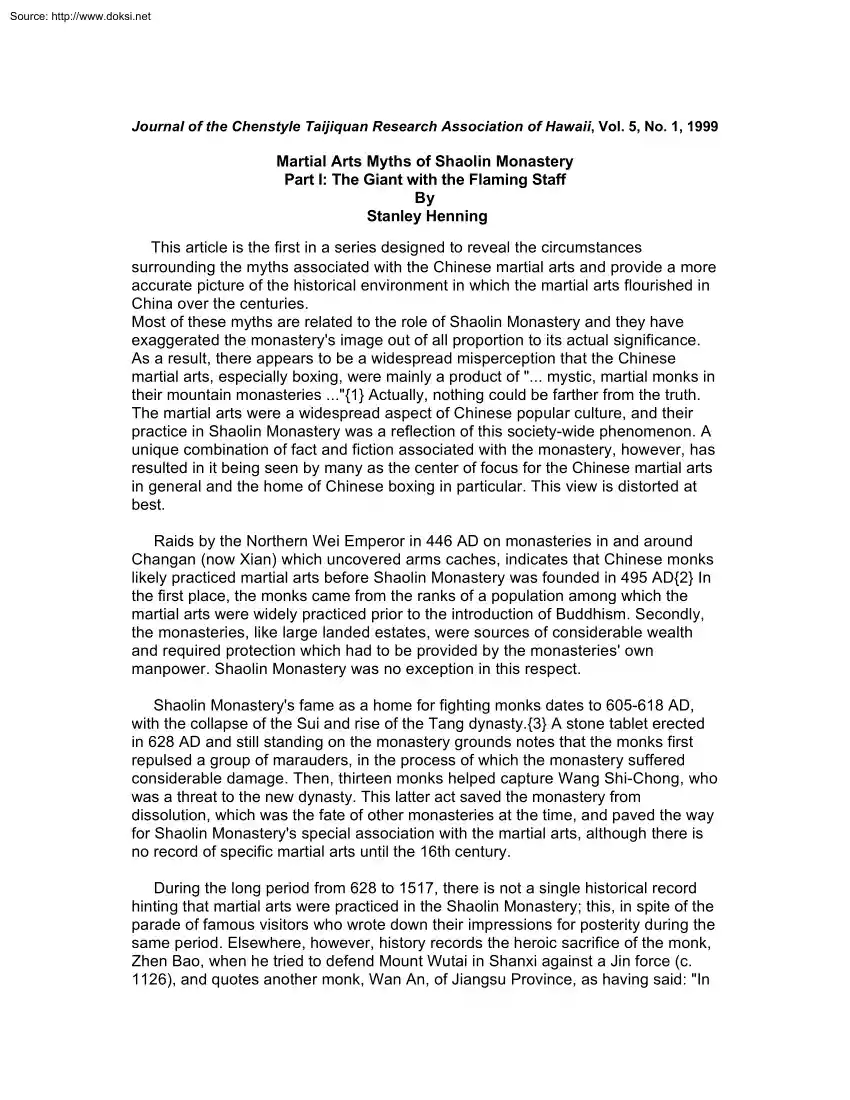
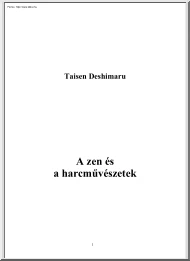
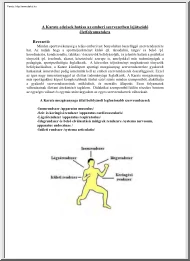
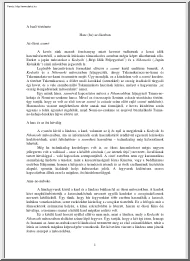
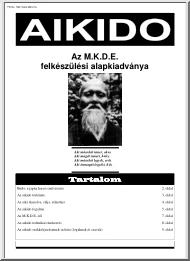
 Just like you draw up a plan when you’re going to war, building a house, or even going on vacation, you need to draw up a plan for your business. This tutorial will help you to clearly see where you are and make it possible to understand where you’re going.
Just like you draw up a plan when you’re going to war, building a house, or even going on vacation, you need to draw up a plan for your business. This tutorial will help you to clearly see where you are and make it possible to understand where you’re going.